Tag: inspiration
-
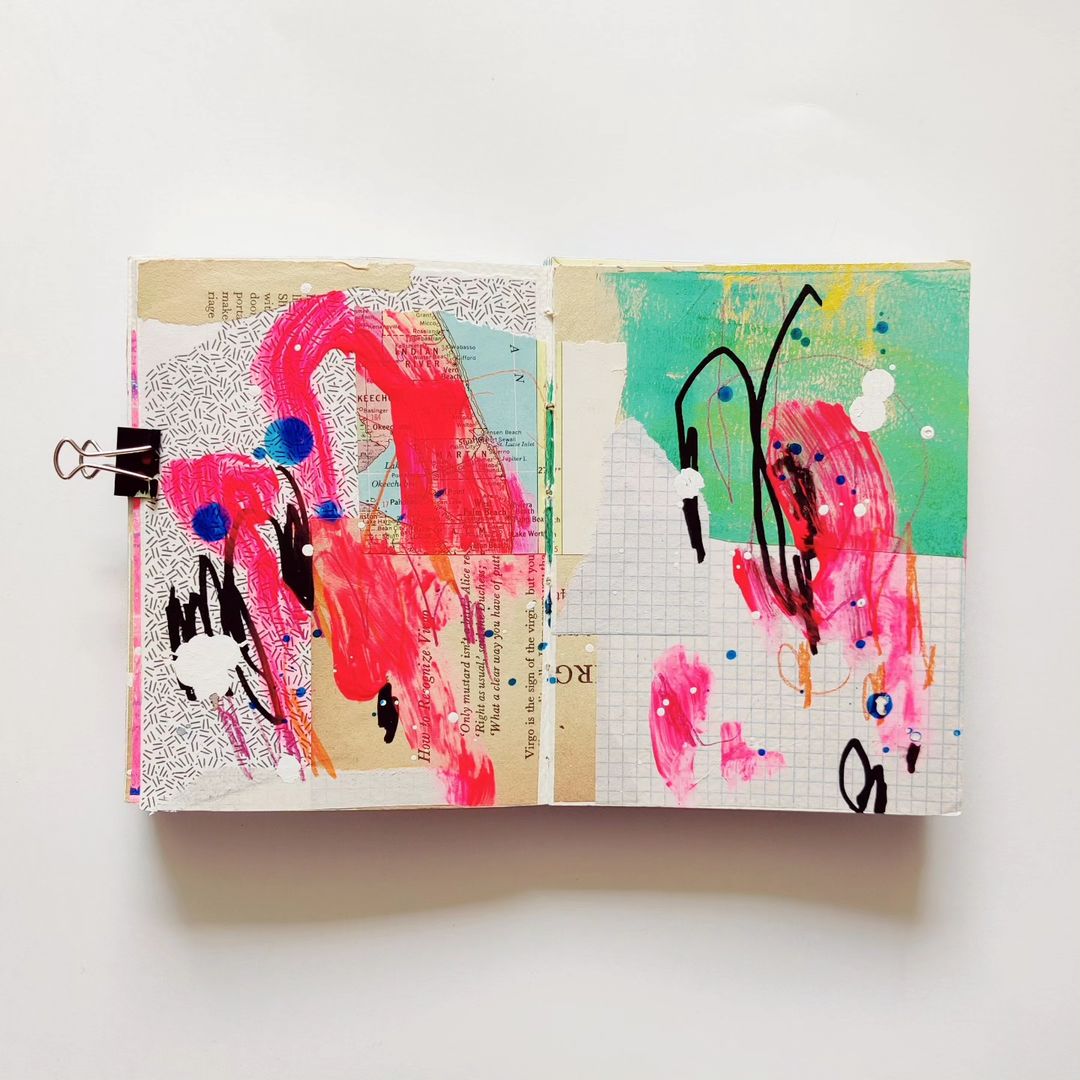
Messy May 2023
•
Over the weekend I took part in a Creative Hour conversation with Caylee Grey, Meg of Meg Journals, Claudette Hasenjager and more than 100 other art journalers. Caylee is the founder of Get Messy, and Claudette, Meg, and I are three of thirty artists leading this year’s Messy May, a…
-
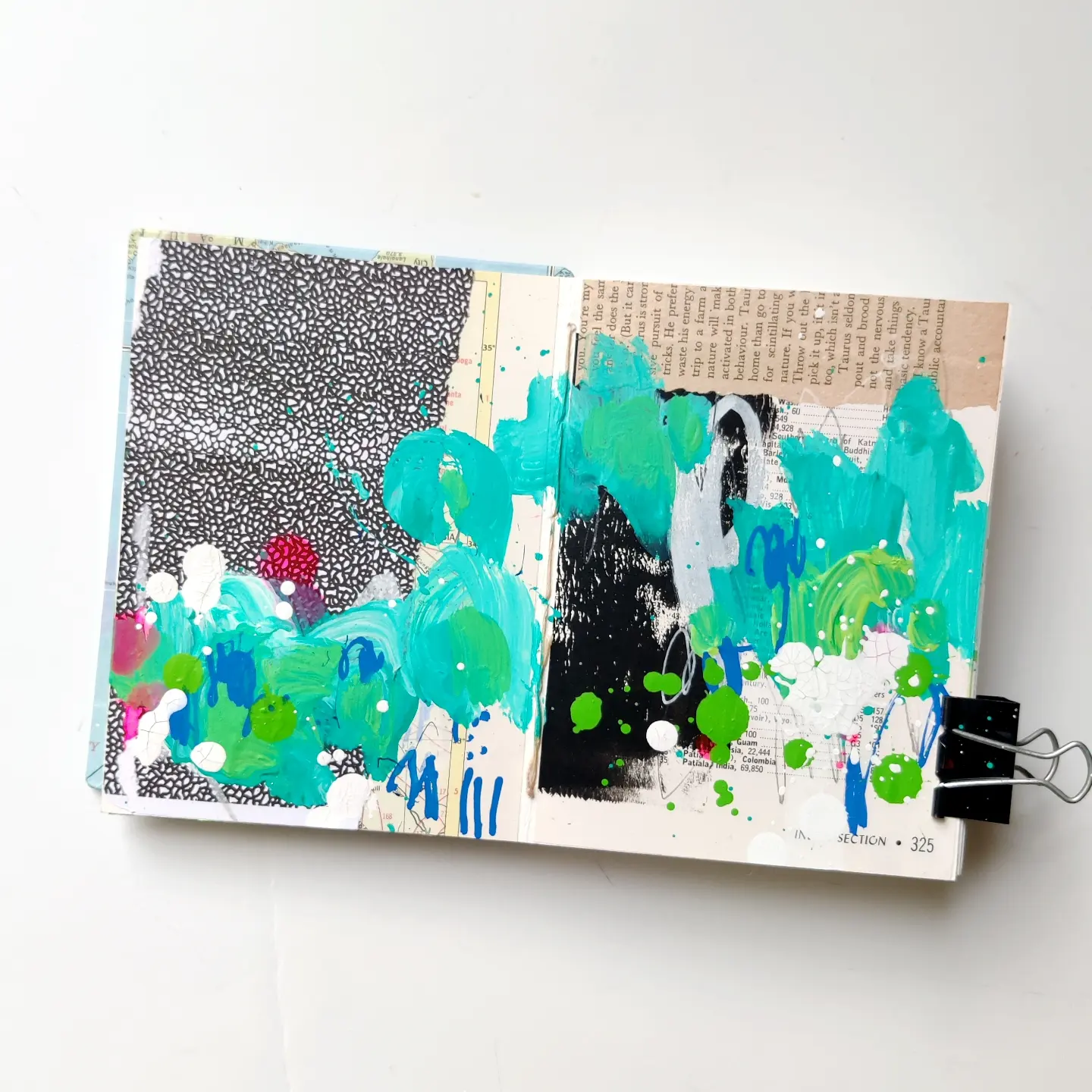
Hey, Artist
•
I have heard from a number of people over the course of my own creative journey who’ve said something along the lines of “I’m not an artist, but I’m interested in starting an art journal [or painting, or exploring collage]. Where do I begin?” First up: yeah, actually, you are…
-
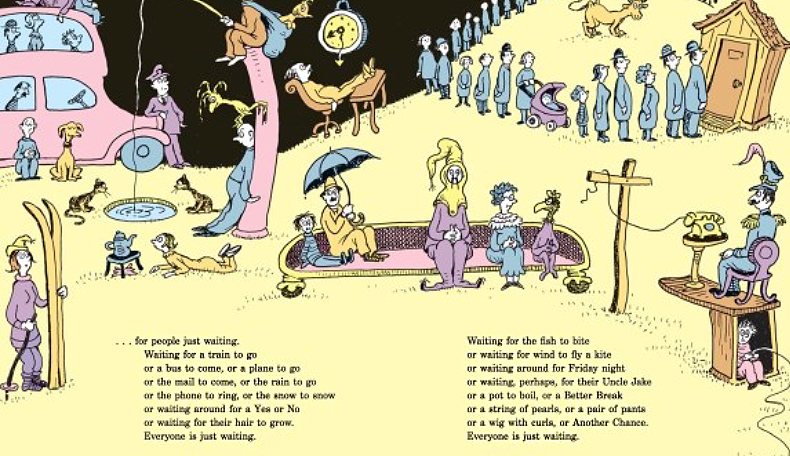
The Waiting Place
•
Last year, in late January, I got married. This year, I spent the day alone. We’d been working on getting a visa for months, bogged down by bureaucracy, unexpected challenges, and moving goal posts. The embassy took my passport in September, and by January, the uncertainty of when I would…
-
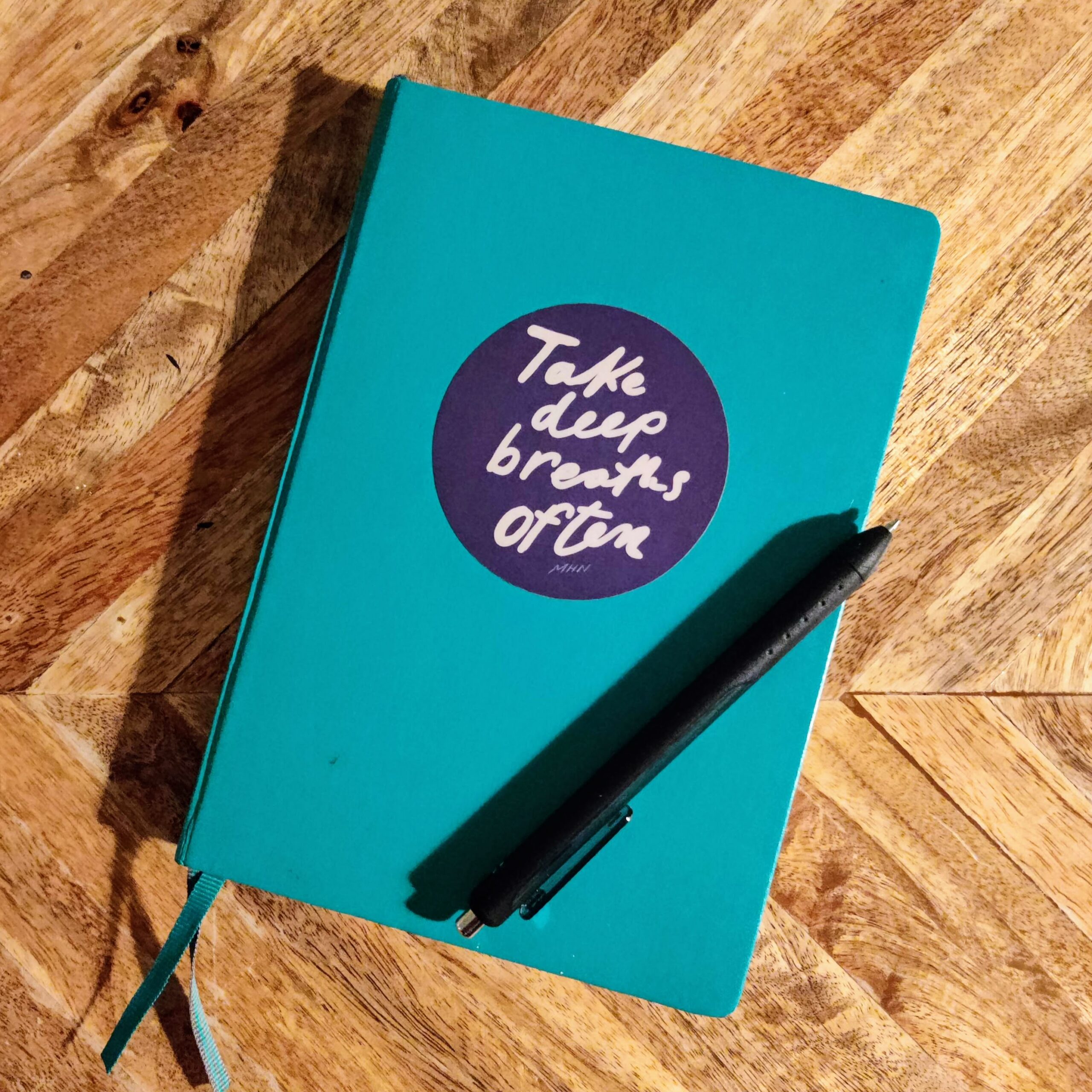
Commonplace Books
•
Somehow I’ve made it this many years before ever hearing about commonplace books. You, too? Commonplace books seem to be, generally, a written collection of the things that attract your attention and pique your interest — a more right-brained version of an art journal, I suppose. The actual definition is…
-
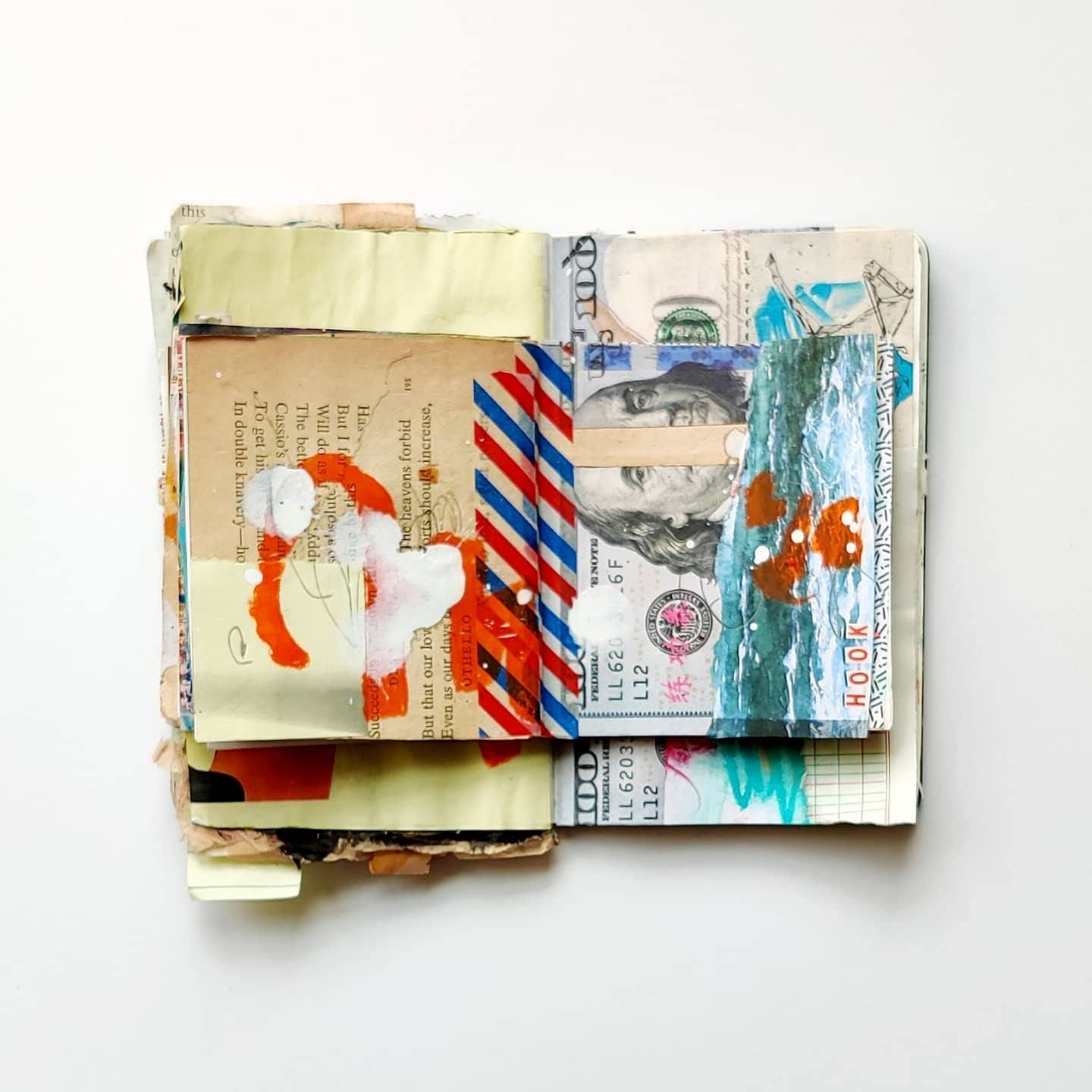
Art Journaling 101
•
Art journaling is, at its simplest, creating visual art in a book. Also called an artist sketchbook, visual diary, or art diary, art journals have been used by artists for centuries for a variety of purposes.
